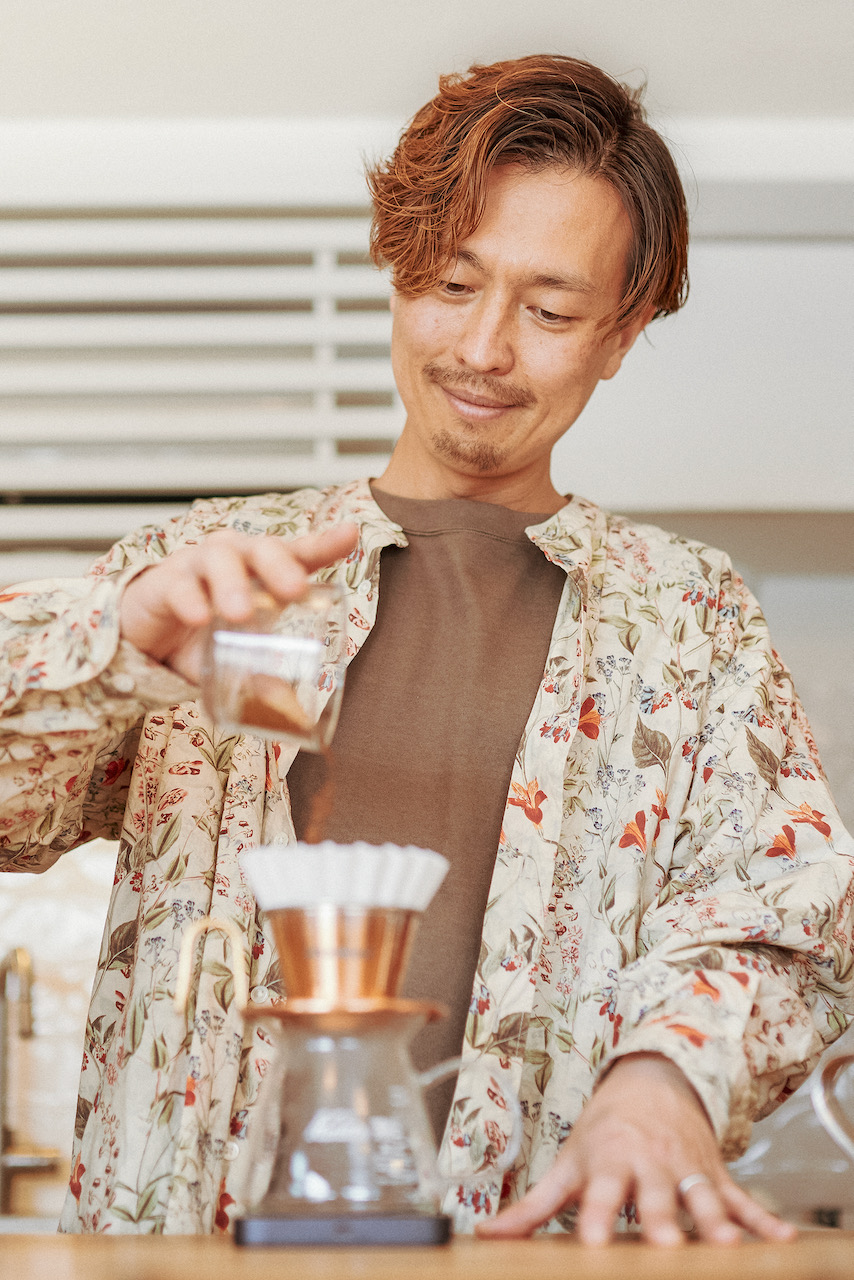
Hoshikawa Cafe serves coffee roasted in-house and specially made pancakes made with local ingredients of Saitama prefecture. We interviewed Mr. Yosuke Suzuki, the owner of Hoshikawa Cafe, who found his place at a cafe in Australia and was moved by the superb coffee he drank later in Norway that made him change his life. ※ The titles in the text are omitted.

Tastes and intuitions are important.
Hoshikawa Cafe opened on Hoshikawa street in Kumagaya City, Saitama Prefecture in March 2009. Under the theme of ‘Scandinavian coffee and pancakes made with the local ingredients,’ the cafe offers specialty coffee and the specially made pancakes made with wheat and eggs from the local area. All the coffee beans in the cafe are roasted in-house and he tries to roast coffee in a way that makes the uniqueness of each coffee stand out.
The cafe is bright and calm with Scandinavian-style furniture. When he goes to Norway to buy coffee, he also buys furniture he likes in Norway. Suzuki states, “I just love old things and I think the Norwegian vintage design matches exactly with what I want.”

The coffee roasting machine he uses is also a vintage which was manufactured around 1940 to 1950. It is not as efficient as the latest roasting machine and it can’t roast a large quantity at one time but the coffee roasted with the vintage machine is plump and sweet.
The packaging for his coffee on sale also expresses its unique style. He uses his drawings of the images of the flavors of coffee. He says that he is good at expressing something intuitively, “It all started when I started using colors to express flavors, like pink for strawberries and purple for grapes.”
Lately, he also asks his daughters to draw for the packages as well. Suzuki states, “I just choose the colors and the materials of the canvas because the image of the finished design changes depending on them, but other than that, I just leave the rest to them.”

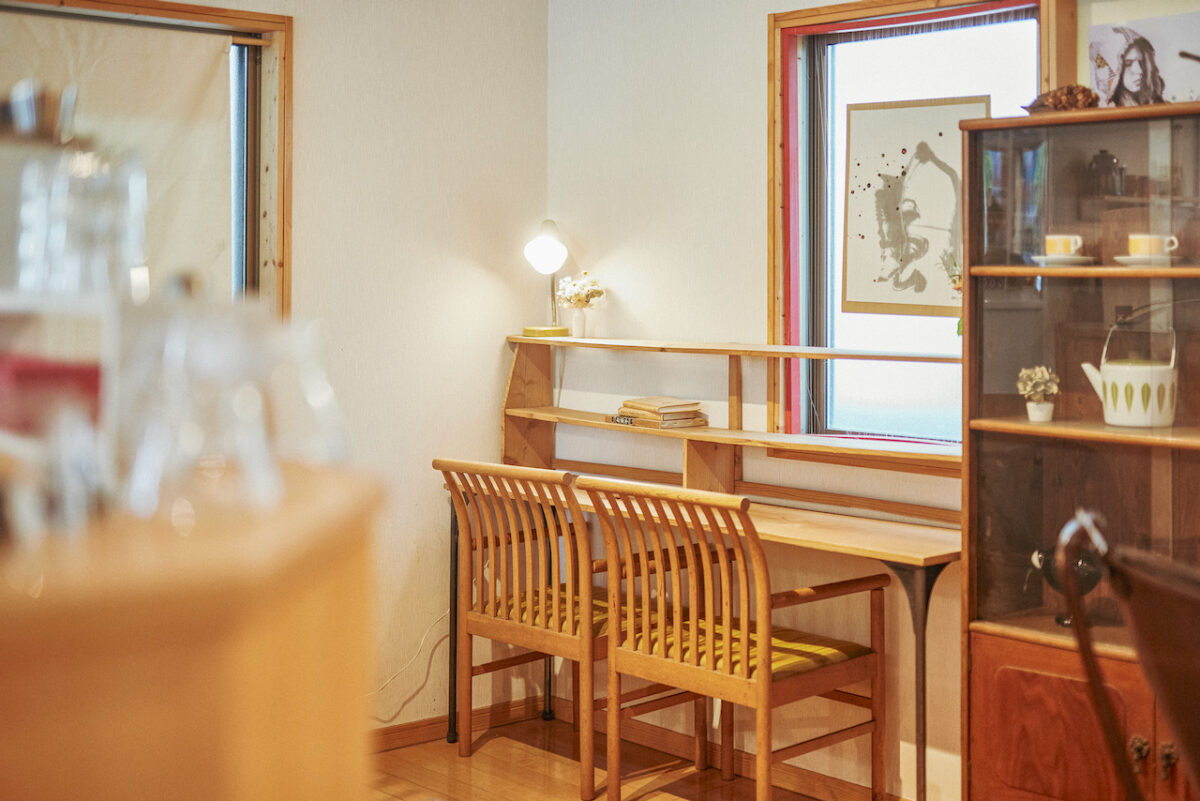
“I want to change how people think about coffee.”
Suzuki, who was originally working as a musician, quit his music activity at the age of 24 and went to study abroad in Australia with the suggestion of a professor at his university. It was his experience at the cafe in Australia during this time that made him want to open his cafe in the future.
Suzuki states, “I was living in the countryside at the time and there were no shops in the neighborhood and no access to the internet at home. At first, I was going to the cafe because I wanted to use Skype and mixi (a Japanese social networking site). It was normal to be surrounded by lots of people in Japan, but I suddenly found myself lonely in Australia, a foreign country for me. The cafe was like an escape for me from homesickness because there was always someone at the cafe.”
As he spent the time at the cafe, he made a friend. His friend took him to a cafe that served pancakes, which inspired him to think about creating a cafe that serves good coffee and desserts in his hometown someday.
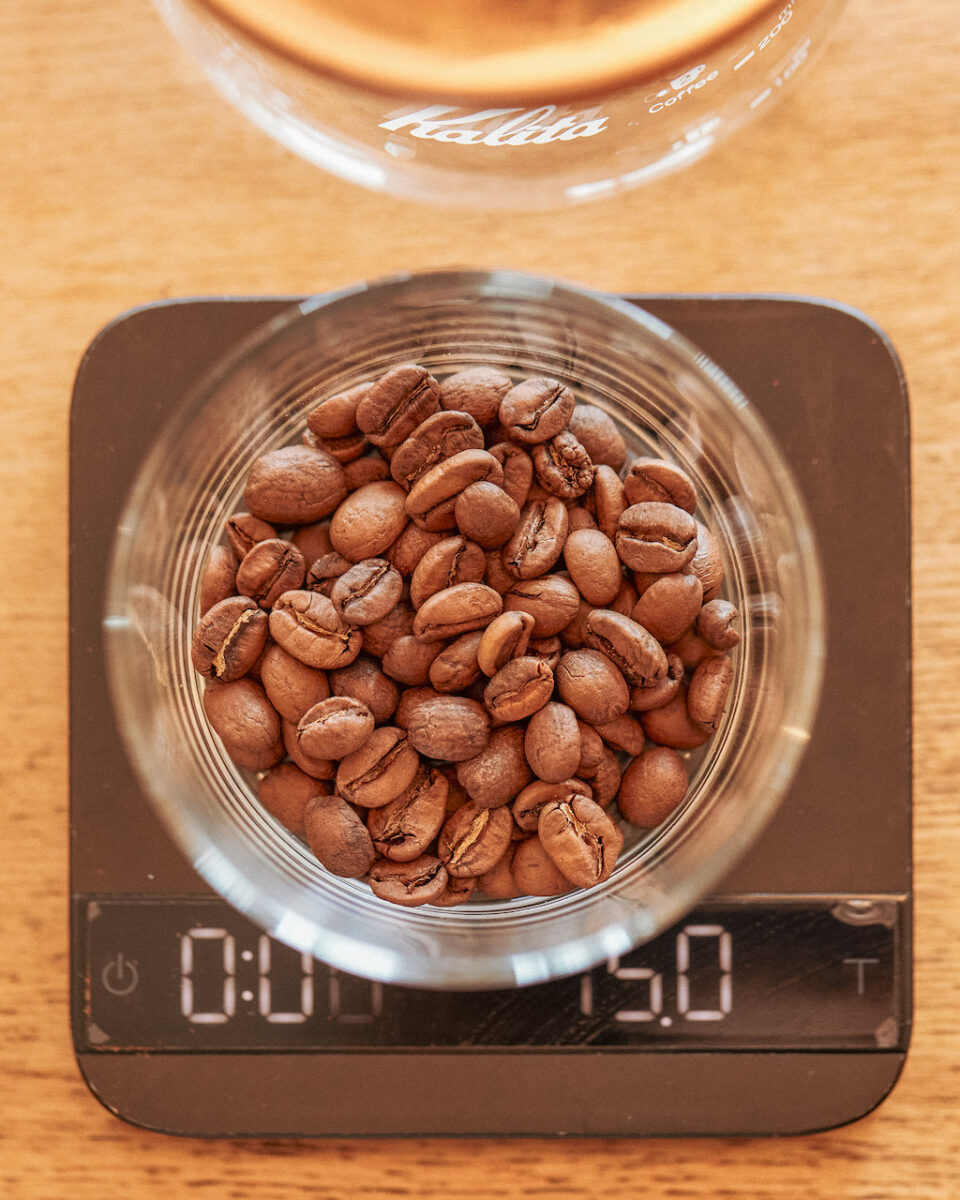
In March 2009, he opened a cafe on Hoshikawa Street, a shopping district that he had loved as a child, in his hometown of Kumagaya city in Saitama Prefecture. However, for about a year after the opening of the cafe, there were many days with no customers and he even thought about closing the cafe if there were no sales for three days in a row.
A turning point came in 2012 when the “white coffee blancmange” of the Hoshikawa Cafe won the first prize at the so-called “B-class gourmet” (delicious food at a very reasonable price) competition in Kumagaya, Saitama prefecture. The cafe started to gain recognition and the number of customers gradually increased.
Suzuki then had a fateful encounter with Norwegian coffee. Suzuki states, “Japan was at the dawn of specialty coffee and most coffees were mediocre at the time, but the Norwegian coffee shocked me as it was so much better and so different. The coffees were roasted quite lightly and were so hard that even a coffee mill could not grind them but it had a gorgeous aroma and a tea-like flavor that I had never tasted before and it was really delicious.”

Norwegian coffee is characterized by the fruity taste of the coffee. He immediately started to serve Norwegian coffee in his cafe, but he was met with a lot of criticism in the beginning.
“One time, a customer said to me directly face-to-face,‘You’re kidding! This coffee is too sour. This is a joke.’ ” It was also quite painful to hear the criticism indirectly and through word of mouth from other regular customers.
Suzuki didn’t waver after having had to listen to it. He came up with a catchy phrase “Scandinavian style” and through trial and error, he was gradually accepted by the locals.
“The happiest moment for me is when a customer tells me that his or her perspective about coffee has changed. I want to provide a cup of coffee that changes someone else’s life just as my life was changed when I met Norwegian coffee.”

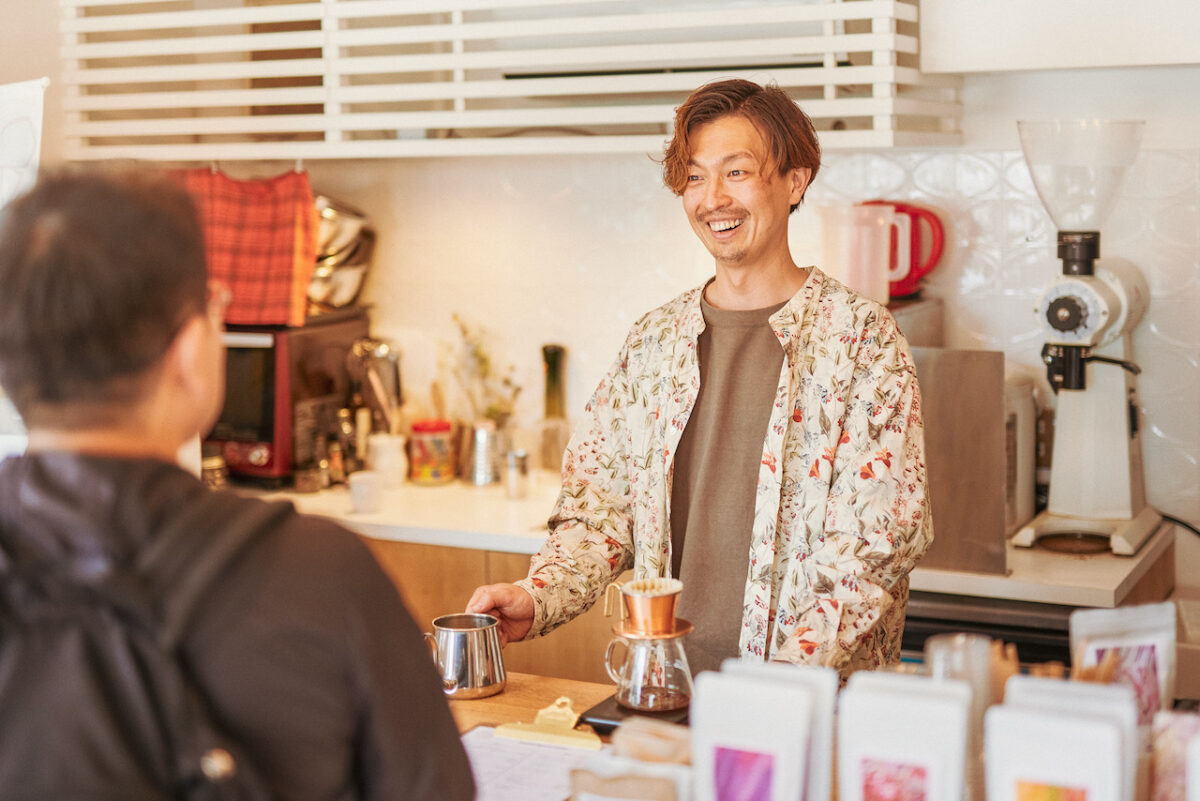
Offering an important place for local people in the community.
Suzuki wanted to create a comfortable space and Hoshikawa Cafe has many regular customers who live in the local areas. He states, “For example, a child who used to go to elementary school celebrates his 20th birthday at a coming-of-age ceremony and came to tell me that he secured a full-time job. That kind of exchange with the locals in the Hoshikawa neighborhood is really fun.”
A couple who had their first date at the cafe later got married and came to visit the store together. “They bring their baby here because it’s a memorable place for them. I haven’t done anything myself but it makes me happy to know that people care about this place in that way.”
Hoshikawa Cafe has long been a place where people can relax even by themselves and has become an important place for locals while celebrating the 13th year of its establishment in 2021.
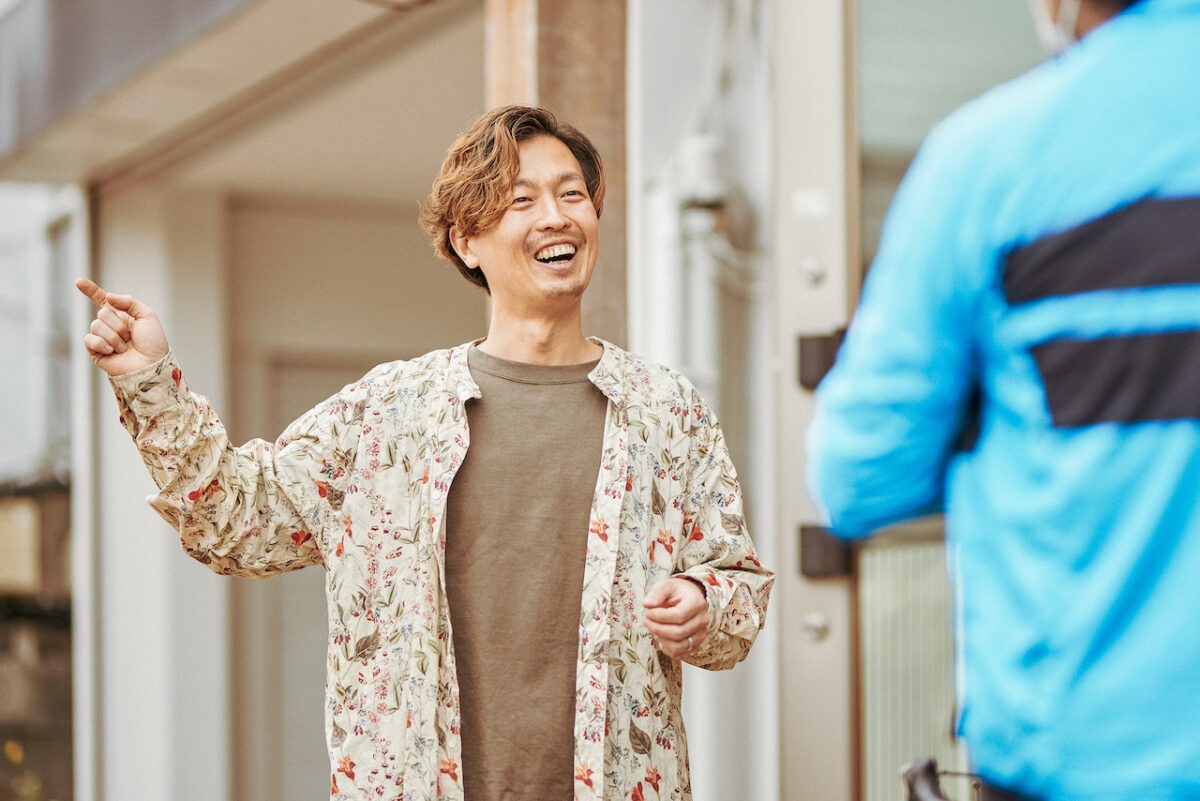
Suzuki states, “Drinking coffee in the cafe calms people down very much. I think it is similar to meditation.” What Suzuki has in mind when he interacts with customers is having good conversations with people.
“I am hoping to talk with customers even it’s just only a few words. For example, something like, ‘It’s very windy today’ or ‘I heard the cherry blossoms have bloomed in the park so and so.’ I would like to have that kind of little chat with people I haven’t even met before.”
This is what Suzuki thinks about cafe; “I think a cafe is an interesting place. A person who is exhausted and shuts himself up at home often comes here as a first step to getting out of the house.”
He says that he can somehow guess their circumstances from their facial expressions and mood. Suzuki states, “After meeting and talking with customers a few times, they would tell me things like, ‘I’ve been looking for a job since last year.’ Maybe a cafe is a place where customers prepare themselves for their return to society.”

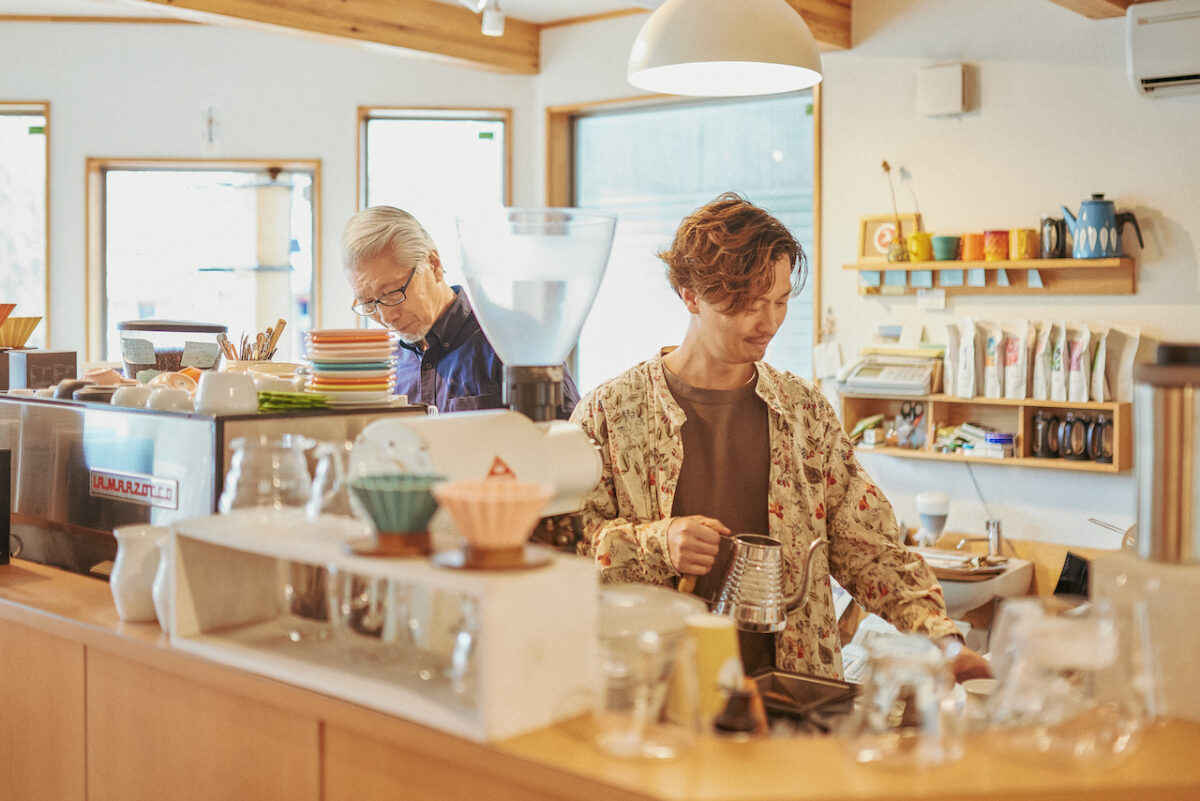
Bringing new culture to the Hoshikawa neighborhood.
The space that Suzuki offers is not limited to Hoshikawa Cafe.
“PLACE COFFEE,” a cafe in the community at the Kumagaya Station Building managed by Suzuki, has a store manager who is visually impaired. Suzuki has adapted the position of store manager so that he can play an active role to live positively with his disability.
Not only that, Suzuki welcomes staff members such as a lady who has suffered various disadvantages simply because she is a foreigner, and he also hired his father who retired at the age of 70 a few years ago.
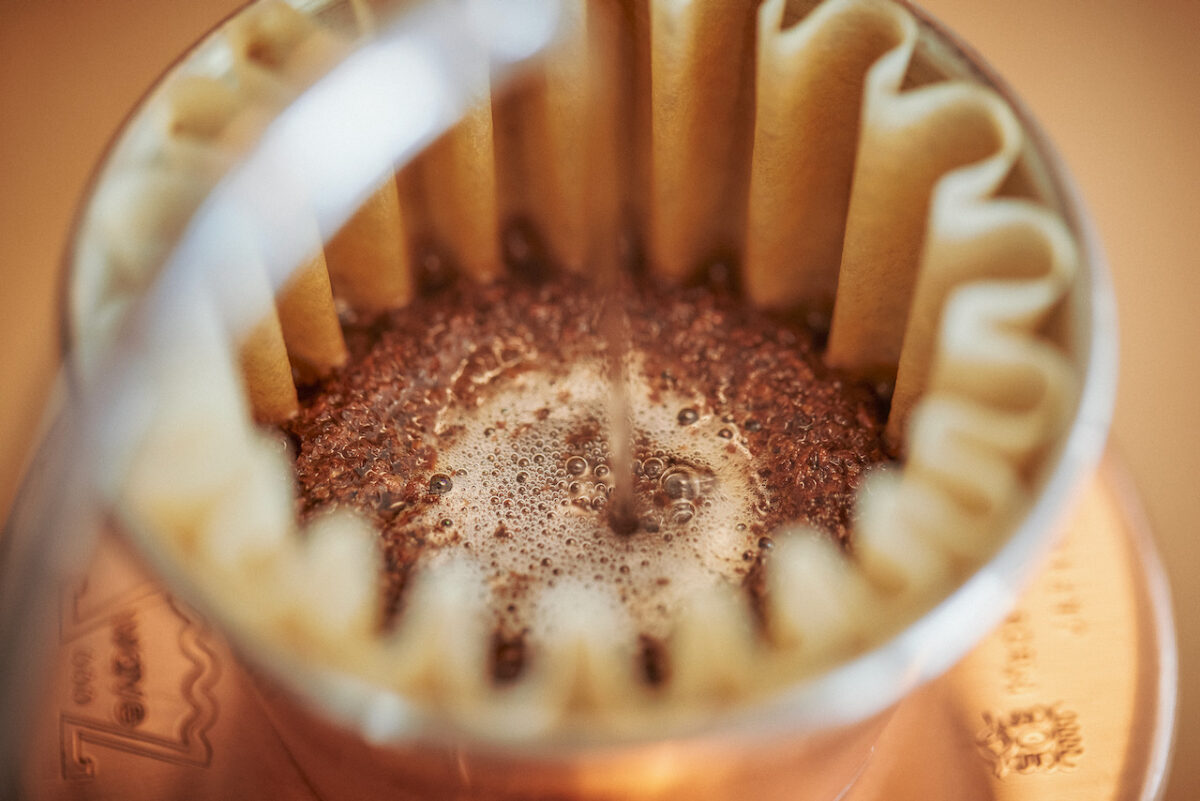
Suzuki states, “One of the core concepts of SDG is ‘diversity’ and it sounds like ‘diversity’ is a kind of performance but that is not what I am aiming for. It is a natural extension of my desire to want to create a comfortable space for ourselves in our hometown. I know it sounds like a cliché like I’m just trying to be a nice person but I really believe in the purity of human nature.”
On the other hand, this has been challenging for him over the years. Suzuki states, “I put money aside and put priority on my emotional side. For example, when I hear a customer’s story and I am moved by it, I might say, ‘That’s ok. It’s on the house’ and offer him a free coffee. It’s a business and I am aware I have to be a little more businesslike.”
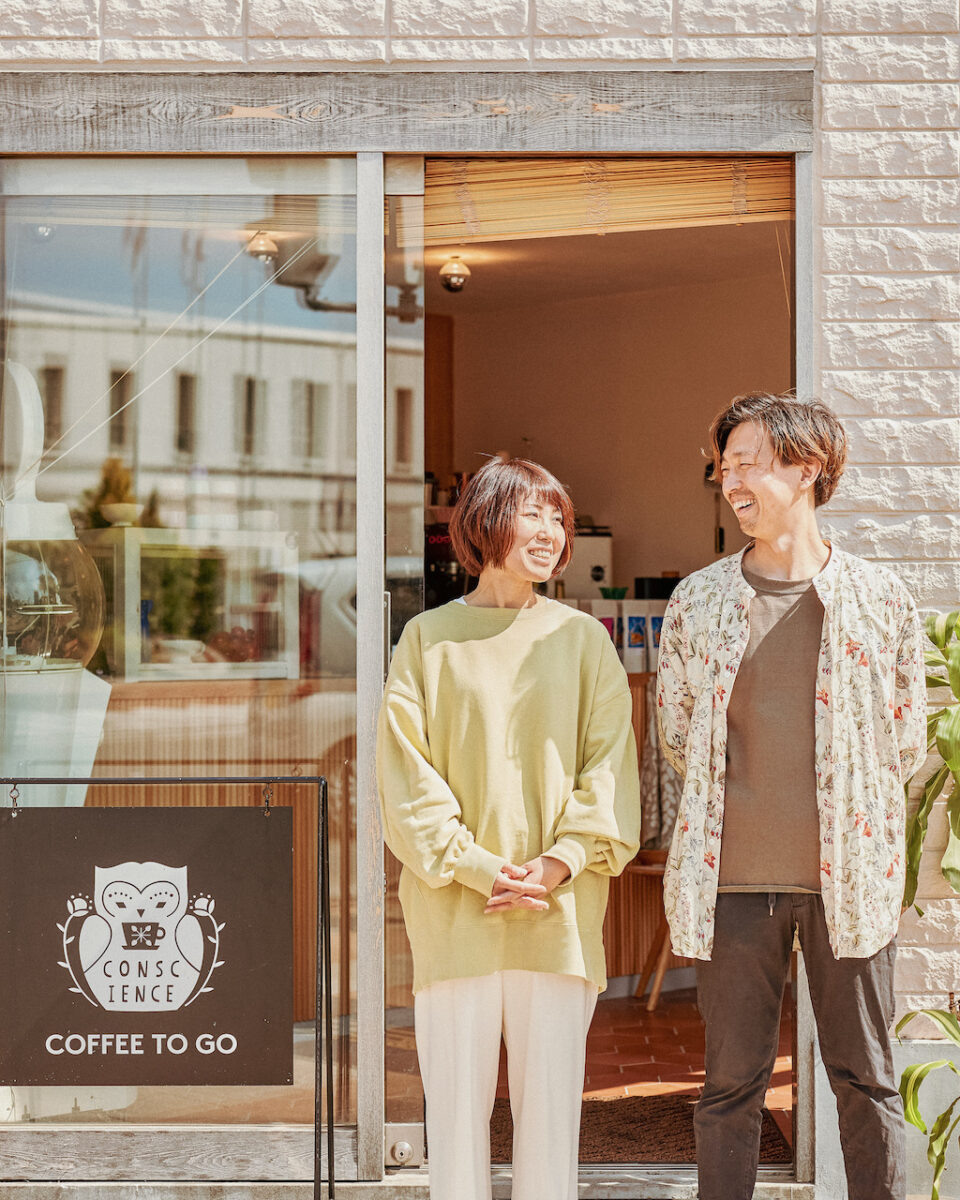
When he opened the cafe, Suzuki was supported by the words of local residents who said, “I want you to create a new culture in the Hoshikawa neighborhood.”
“The reason why I support people like designers so that they can make a living in rural areas is that I have always wanted to make the Hoshikawa neighborhood an area where unique people gather. To put all my energy into what I wanted, I needed a place where I could feel at ease,” Suzuki states. Suzuki talks about his dream but he has already determined his destination and knows what he wants in life.
“I started the cafe as a way to spend more time with my wife, so we would like to start a small cafe where she bakes cakes and I make coffee. If I keep satisfying my desire only all the time, I may end up with a mess and cause trouble for everyone around me, so I want to keep things simple in the end. (laughs)”
Originally written in Japanese by Shigemi Niki.
MY FAVORITE COFFEE
“All the coffee someone else makes for me is always delicious. When my 9 and 10 year old children could make coffee, I think that would become ‘my favorite coffee.’ When I drink coffee at home, I use a coffee maker that costs about 3,000 yen and does not require any filters.”

Hoshikawa Cafe
- [Open]
- Tue-Fri: 11:00-19:00 / Sat, Sun, Holiday: 11:00-17:00